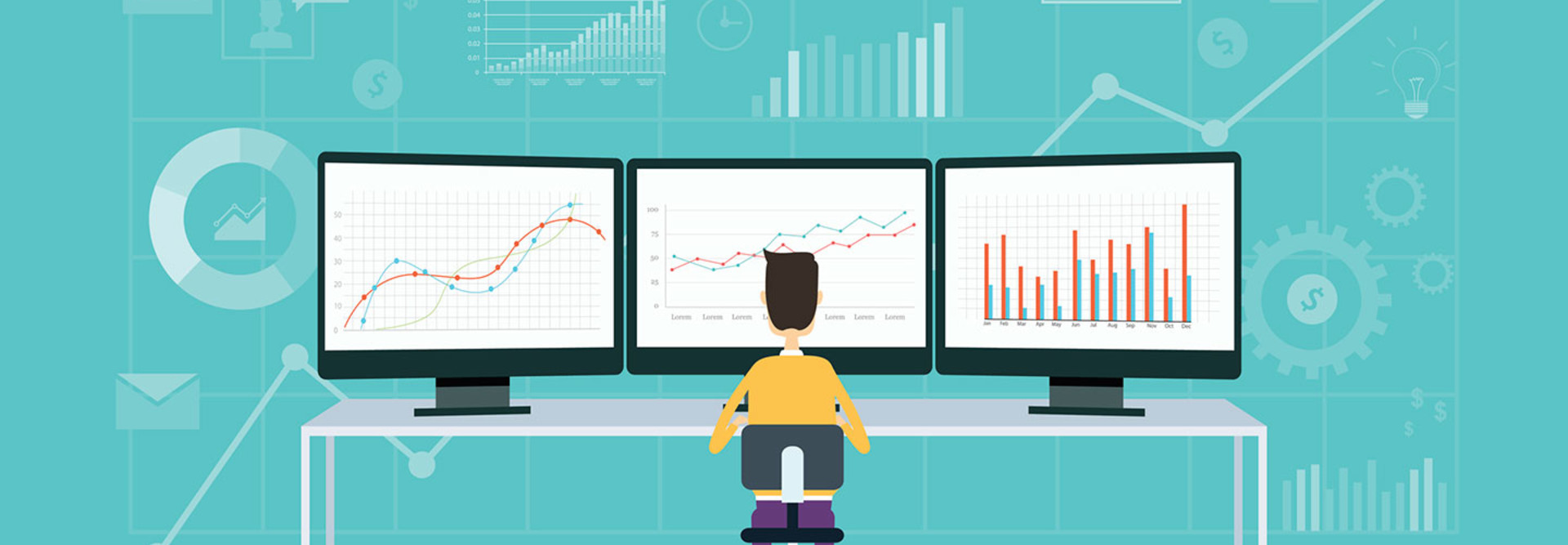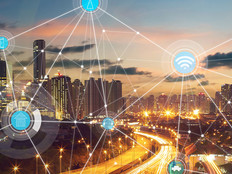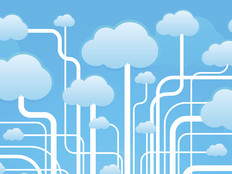Businesses Have Multiple IoT Data Processing Options
The Internet of Things comprises billions of connected devices and is often difficult to comprehend. One of the myths surrounding IoT — that all data processing is done in the cloud — was debunked at the recent Smart Industry conference in Chicago.
There are, in fact, many kinds of edge computing models that handle data processing for IoT connections.
Vivek R. Davé, director of technology development for Harting, a global manufacturer of industrial connectors, and Wes Dillon, solutions consultant for MachineShop, an IoT software company, discussed the growing importance of edge computing at Harting.
Their presentation, “3D Printing and New Conceptual Framework for the IoT Edge,” sparked a conversation about the growing computing needs of IoT, specifically that there are several approaches to meeting that demand: cloud computing, fog computing and edge computing.
Businesses need to know about the different IoT edge options as they connect more devices and navigate the complexities of IoT deployments.
The Cloud Is One Clear Option
While the cloud is not the only platform that organizations can use to process data generated from IoT connections, it is a significant one. In many cases, IoT sensors collect raw data at the edge of the network and transfer it to a remote data center — the cloud — where it is stored, processed into a usable format, and fed into a back-end application for processing and analysis.
Cloud computing is essential to IoT, but many early adopters of IoT quickly learned that pushing all of their data to the cloud is not financially sustainable over the long term.
“That approach was impractical for us at Harting,” Davé said. “We’d be paying a seven-figure bill just for the transfer and storage of all the data we were gathering.”
Fog Computing Processes Data Locally
Instead of transporting that data all the way out to the wide area network, what if businesses could gather and process it at the local area network level? That is the essence of fog computing.
Sensor data from edge computing devices is pushed to a gateway (alternately called either a fog or IoT gateway) on the LAN that converts that data into an internet-friendly protocol.
Once the data is converted, it can then be analyzed, processed and stored at the LAN level. Some data may eventually get pushed to the cloud, but the fog layer allows organizations to filter only actionable data to the cloud for analysis, greatly reducing the associated costs of using that cloud service.
To be clear, “fog computing” is a concept that is being pushed by Cisco Systems. “It’s specific to their technology and architecture,” MachineShop’s Dillon said. (ARM Holdings, Dell, Intel and Microsoft are also partners with Cisco in the OpenFog Consortium, which is designed to promote fog computing.)
This being the early days of IoT, some people use fog computing and edge computing interchangeably. But they are, in fact, distinctly different.
Edge Computing Normalizes Data Streams
Another option known as edge computing pushes IoT data processing to the network edge devices themselves.
“With edge computing, you’re ingesting many different protocols,” Dillon said. “You’re normalizing that data, and you’re then acting on it locally or porting it downstream.”
A large number of industrial devices that are currently in use were deployed without connectivity built in, and were not designed to be internet-compatible. These edge devices can be configured with modular software and hardware pieces, known collectively as programmable automation controllers (PACs).
The PACs process and act upon the collected data (among many other functions that PACs serve), or push that information to the cloud for further analysis.
So which computing approach is right for your IoT deployment? The answer, Davé said, should be “all of the above.”
“Right now the conversation around IoT is very simplistic — you can either process at the edge or in the cloud,” he said. “It’s not that simple. You often need to be able to do computing both at the edge and in the cloud. It’s more complicated than people make it out to be.”
“A lot of the IoT conversation has been set by software developers,” Dillon added. “And I think the whole spectrum of ‘edge to cloud’ represents a balanced perspective for companies dealing with onsite, real-world challenges.”








